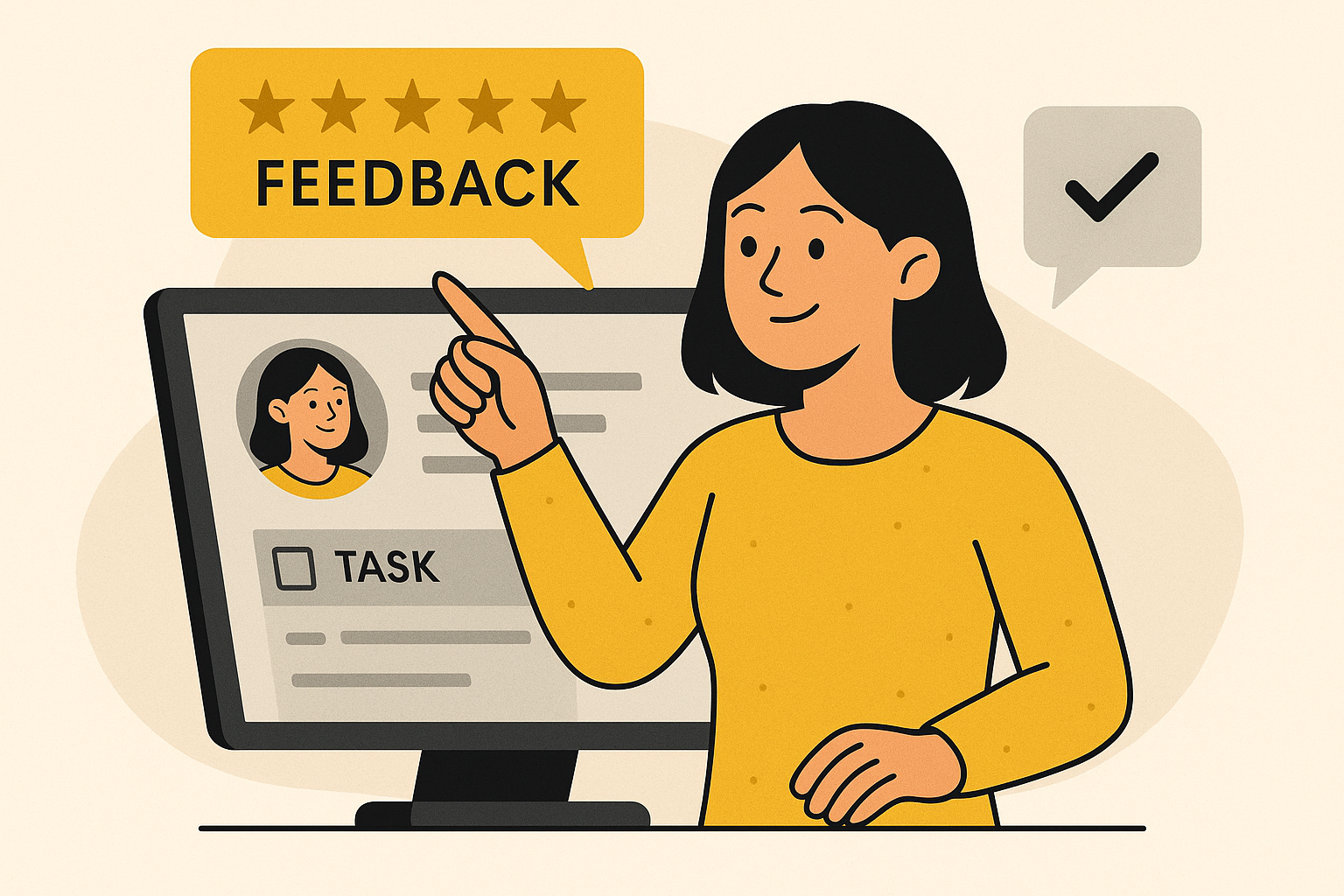Candidate Experience: What It Is and Why It Matters in Recruitment
What Is Candidate Experience?
Candidate Experience refers to the overall perception, emotions, and interactions a job applicant has with an employer throughout the hiring process — from discovering a job opportunity, submitting an application, interviewing, to receiving feedback or an offer.
It encompasses every touchpoint between the candidate and the organization, including communication, technology, and how the company represents its values and culture during the recruitment journey.
A strong candidate experience can be the difference between hiring top talent and losing them to a competitor.
Why Candidate Experience Is Important
A positive candidate experience is no longer optional — it's a competitive advantage. Here's why it matters:
Enhances Employer Brand
Candidates share their experiences, both good and bad. A seamless and respectful hiring process builds a strong employer reputation across job boards and social media platforms like Glassdoor and LinkedIn.Improves Offer Acceptance Rate
Candidates who feel valued and informed are more likely to accept your offer — especially when they’re choosing between multiple options.Creates a Talent Pool for the Future
Even if a candidate isn’t hired today, a positive experience can leave the door open for future opportunities.Boosts Recruitment Metrics
Lower time-to-hire, higher conversion rates, and improved candidate Net Promoter Score (cNPS) are direct outcomes of a well-managed experience.
Key Stages of the Candidate Experience
Understanding and optimizing each stage of the journey is crucial:
Discovery
The first interaction — through job ads, career sites, social media, or referrals — should be informative, mobile-friendly, and aligned with your brand.Application
Is the process easy and intuitive? Candidates are more likely to complete applications that take less than 5 minutes and don’t require account creation.Communication
Regular, transparent updates (automated or personalized) reduce anxiety and enhance trust.Interviewing
Professionalism, clarity, respect for time, and structured interviews shape a candidate’s perception of your organization.Feedback
Whether the outcome is positive or negative, timely and constructive feedback shows respect and helps maintain a positive brand impression.Offer and Onboarding
A smooth transition from candidate to employee — with clear timelines, paperwork, and welcome materials — solidifies your reputation.

Common Challenges in Candidate Experience
Many companies struggle with:
Clunky or outdated ATS systems
Slow or no communication
Long application processes
Lack of interview feedback
Inconsistent or impersonal interactions
These issues can lead to candidate drop-off, negative reviews, and missed hiring goals.
How to Improve Candidate Experience
Here are proven strategies for improvement:
Simplify the application process
Use one-click apply options, resume parsing, and mobile optimization.Automate communication with empathy
Send timely updates, reminders, and interview confirmations using modern ATS tools.Create a candidate portal
Let candidates track their status, upload documents, and engage with your brand.Train interviewers
Use structured interviews and inclusive practices to ensure fairness and consistency.Ask for feedback
Use surveys or NPS tools to collect candidate insights and identify blind spots.Leverage analytics
Measure drop-off rates, time-in-stage, and satisfaction to fine-tune your processes.
How MokaHR ATS Elevates Candidate Experience
At Moka, we believe that hiring should be human-centered — even when it’s powered by AI. Our AI-powered Applicant Tracking System (ATS) helps organizations deliver a seamless candidate experience through:
Automated status updates and interview scheduling
Smart interview reminders and follow-ups
Customizable candidate portals and branded career pages
AI-enhanced resume screening and job matching
Built-in candidate feedback and satisfaction tracking
Moka ATS is built to support companies at scale, whether you’re hiring 10 or 10,000 employees.
Candidate Experience: Frequently Asked Questions (FAQ)
1. What is the difference between candidate experience and employee experience?
Candidate experience focuses on the journey of job applicants before they join the company — including job discovery, application, interviews, and communication.
Employee experience, on the other hand, begins once a person is hired and includes onboarding, career growth, engagement, and workplace culture.
2. How can poor candidate experience affect my hiring goals?
A poor experience can lead to:
High candidate drop-off rates
Negative reviews on platforms like Glassdoor
Lower offer acceptance rates
Damage to your employer brand
These issues directly impact your ability to attract and hire top talent.
3. How do I measure candidate experience?
You can track candidate experience using:
Candidate Net Promoter Score (cNPS)
Application drop-off rate
Time-to-hire and interview-to-offer ratios
Post-interview candidate surveys
Feedback collected via ATS or third-party tools
4. Can an ATS improve candidate experience?
Absolutely. A modern Applicant Tracking System (ATS) can:
Streamline the application process
Automate communication and updates
Schedule interviews efficiently
Offer transparency with real-time status updates
Collect and analyze candidate feedback
Tools like MokaHR ATS are specifically designed to enhance both recruiter efficiency and candidate satisfaction.
5. How can I improve candidate experience without hiring more recruiters?
Technology and process design are key:
Use an AI-powered ATS to automate repetitive tasks
Create clear, friendly email templates
Train hiring managers on structured interviewing
Build a mobile-friendly career page
Use surveys to get candidate feedback and act on it
With the right tools, small teams can deliver big experiences.
From recruiting candidates to onboarding new team members, MokaHR gives your company everything you need to be great at hiring.
Subscribe for more information

